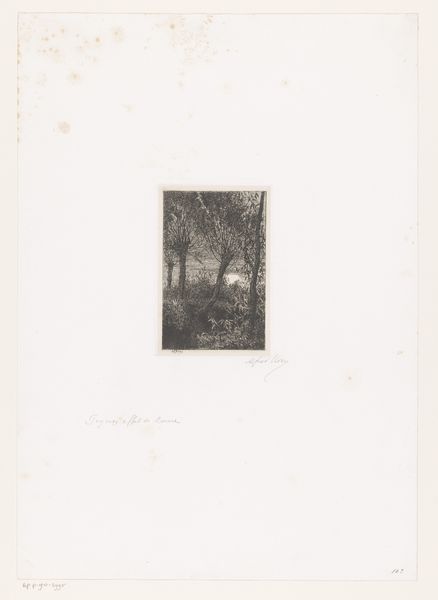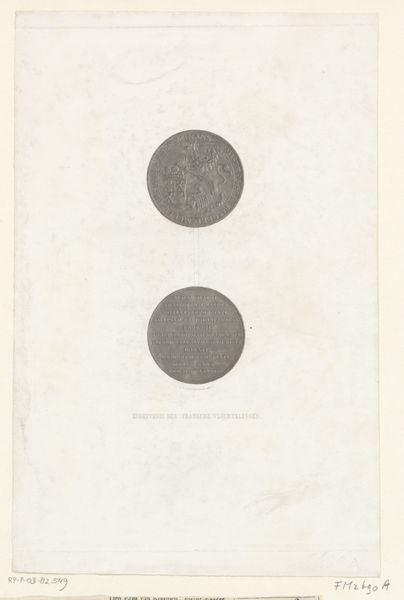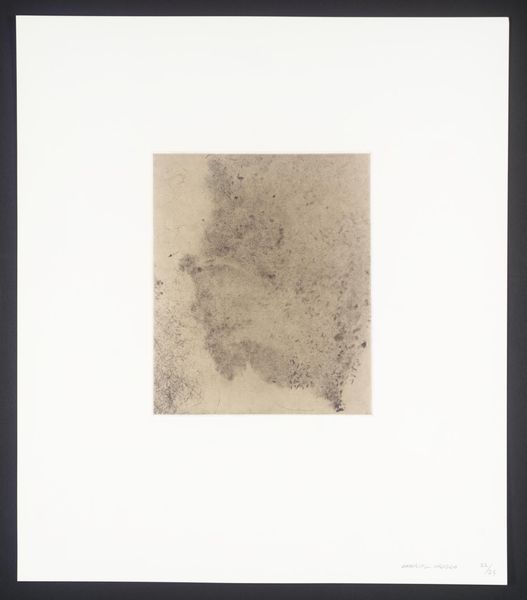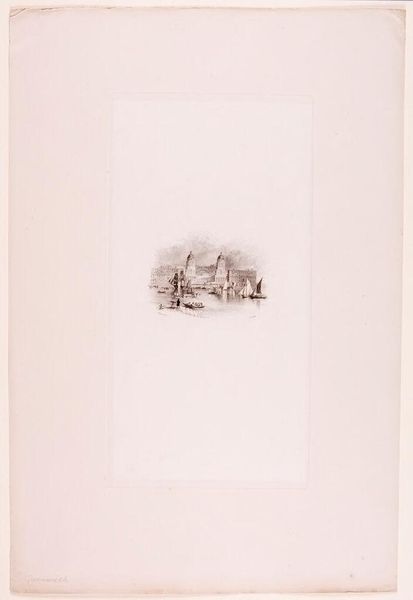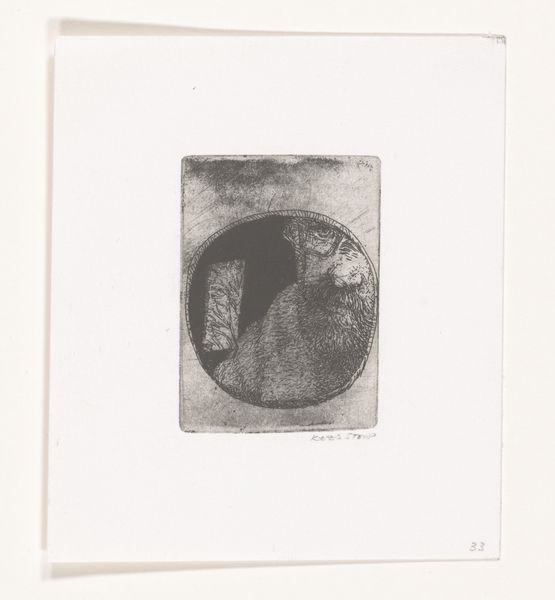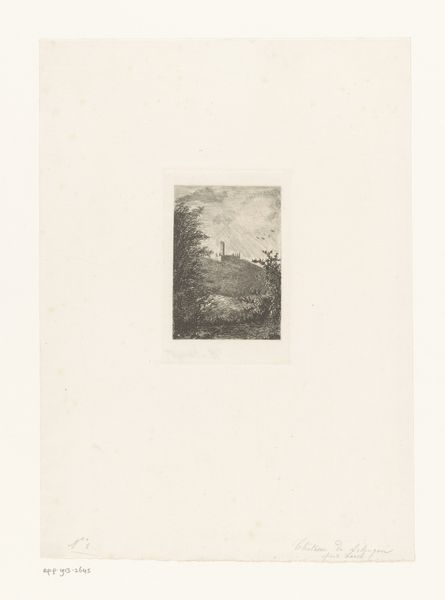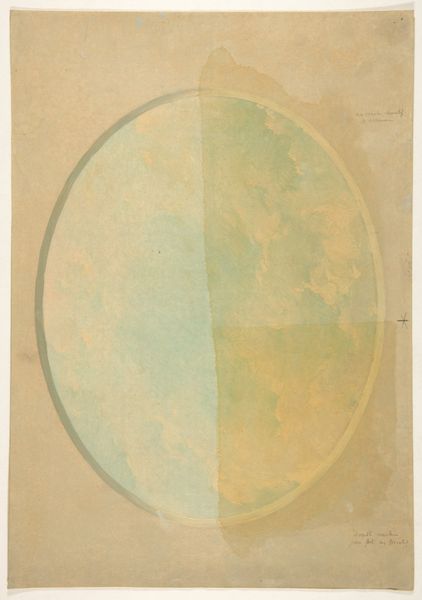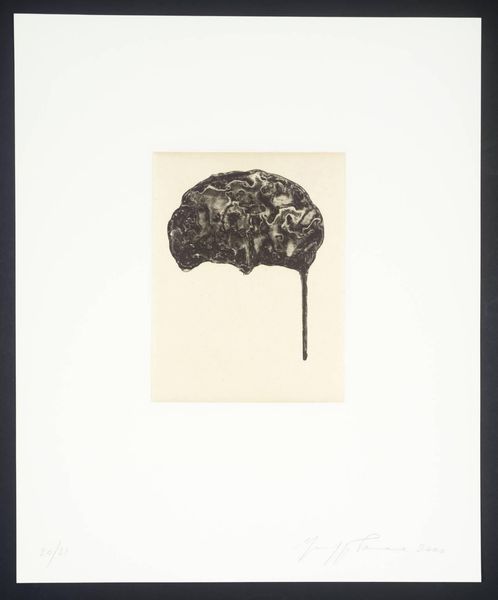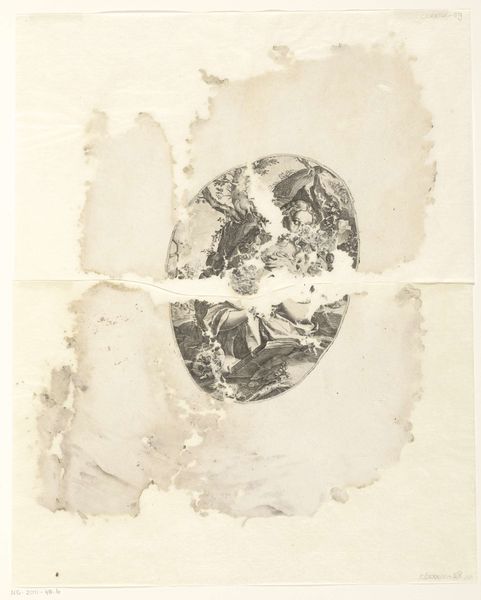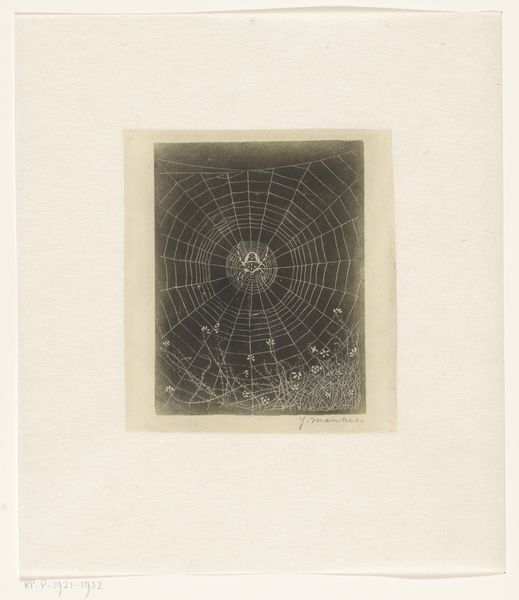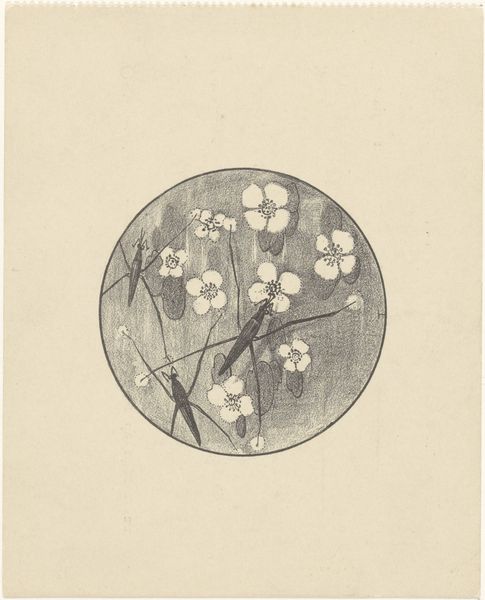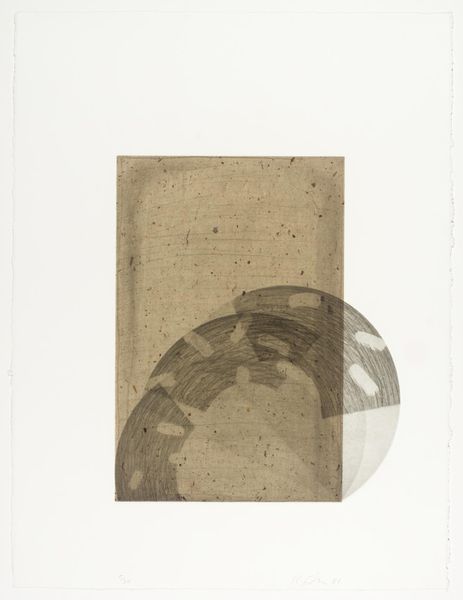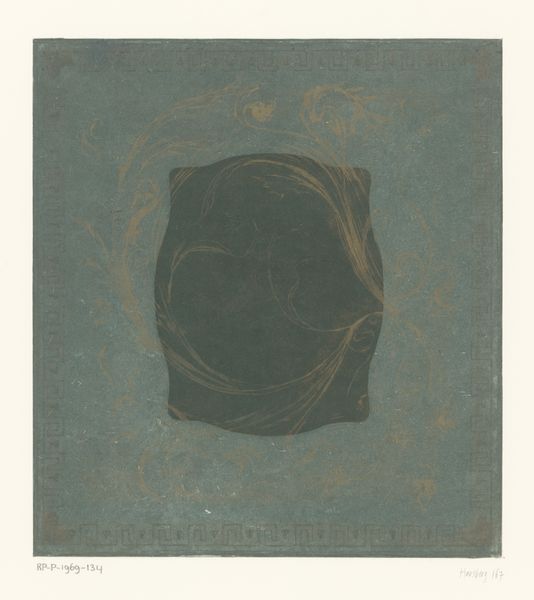
drawing, print, woodcut
#
drawing
# print
#
geometric
#
woodcut
Dimensions: height 337 mm, width 252 mm
Copyright: Rijks Museum: Open Domain
Arthur Edward Durham created this photolithograph of a microscopic cross-section of oak, sometime in the mid to late nineteenth century. It reflects a time when science and art were not so rigidly separated. In the Victorian era, science was rapidly advancing, fueled by the industrial revolution and colonial expansion. The rise of microscopy allowed for unseen worlds to be visualized, and images like this one served both scientific and aesthetic purposes. Oak, with its strength and longevity, was a significant resource, essential for shipbuilding and construction, thus its study held practical and symbolic weight. Durham’s meticulous rendering transforms a scientific specimen into a work of art. To understand this piece fully, one might delve into Victorian scientific publications and the records of scientific societies, to see where this piece fits into the era’s broader cultural and intellectual landscape. This image reminds us that art's meaning is deeply entwined with its social and intellectual context.
Comments
No comments
Be the first to comment and join the conversation on the ultimate creative platform.
